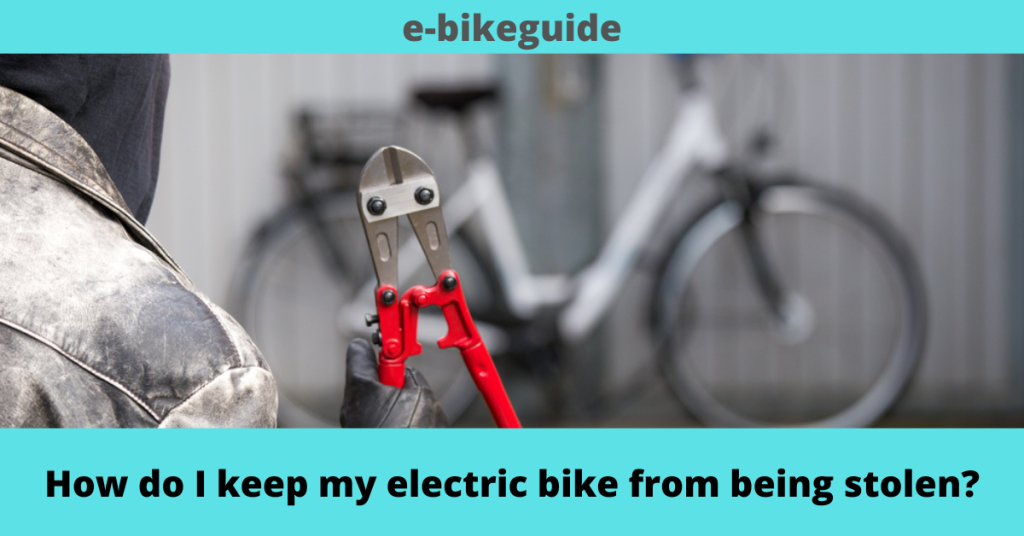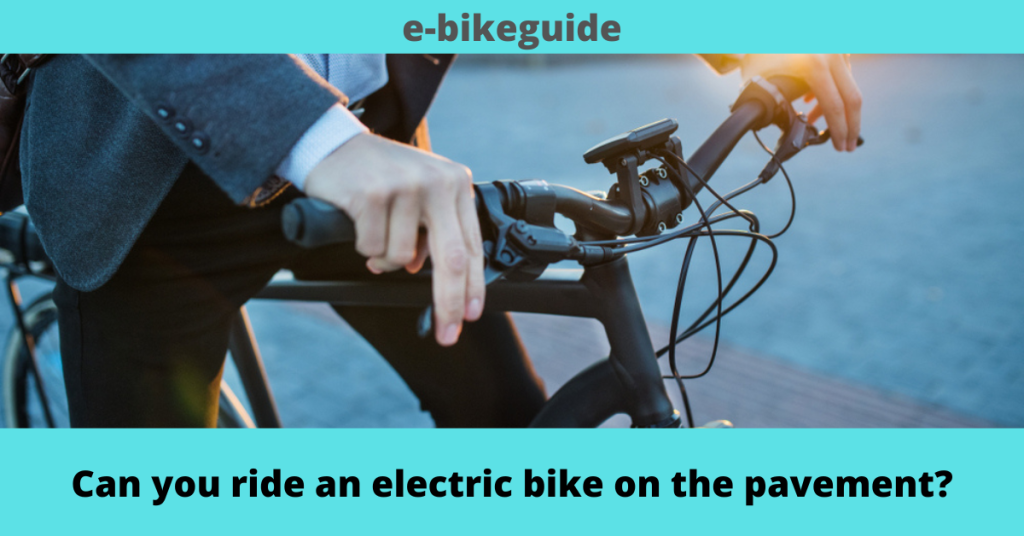What is the cost per km for an electric bike?
E-bikes, often known as electric bikes, are bicycles that include an electric motor to help you pedal. The motor will help you pedal and make it more enjoyable. Electric bikes are similar to traditional bicycles. It shares similar characteristics, but with an auxiliary motor to assist its riders. Most people will gain a huge advantage […]
What is the cost per km for an electric bike? Read More »




